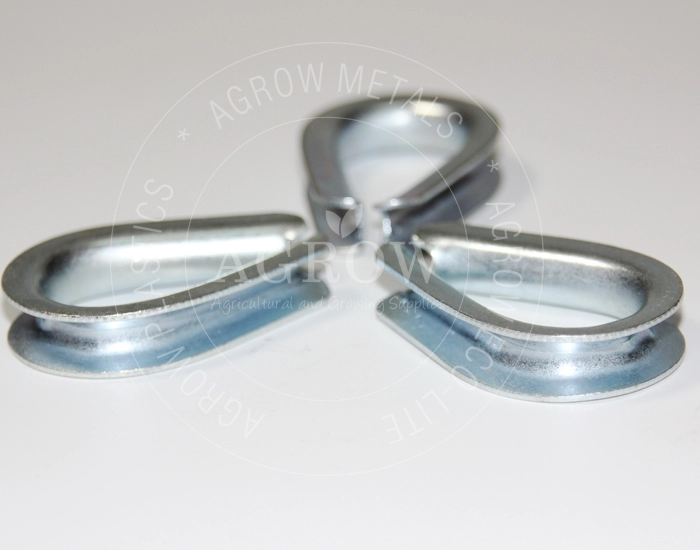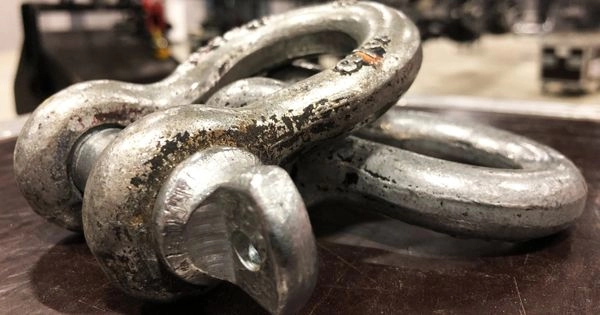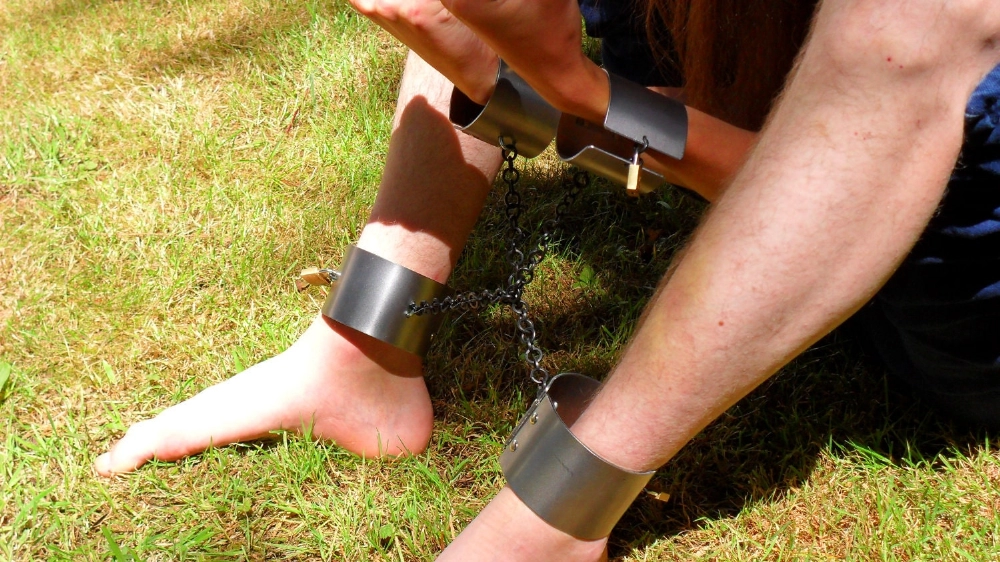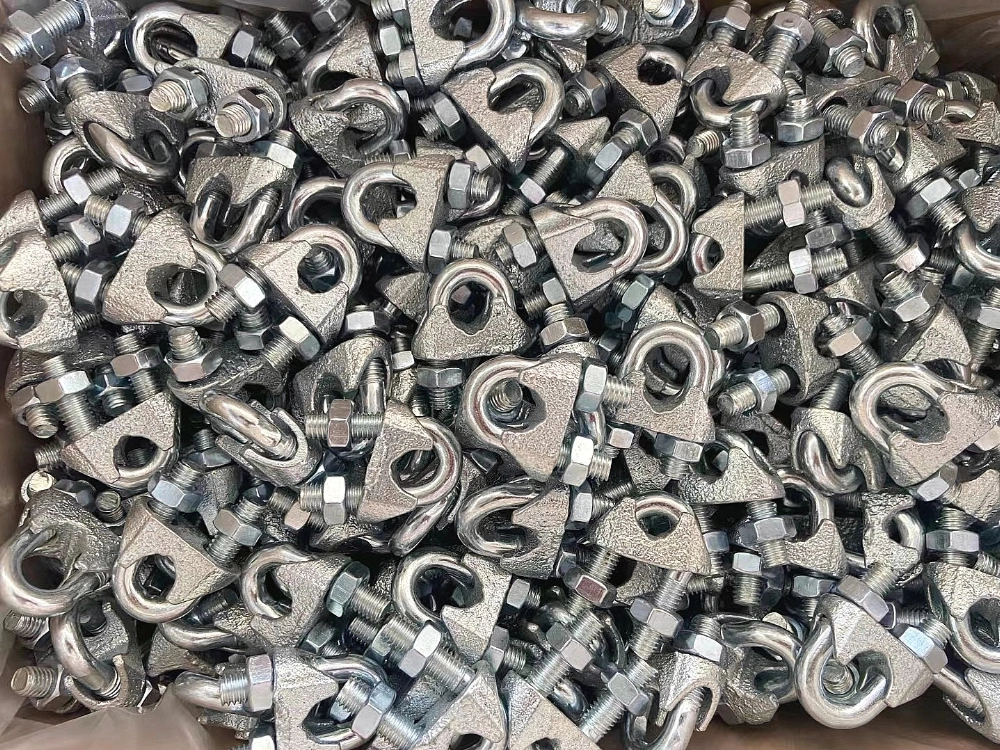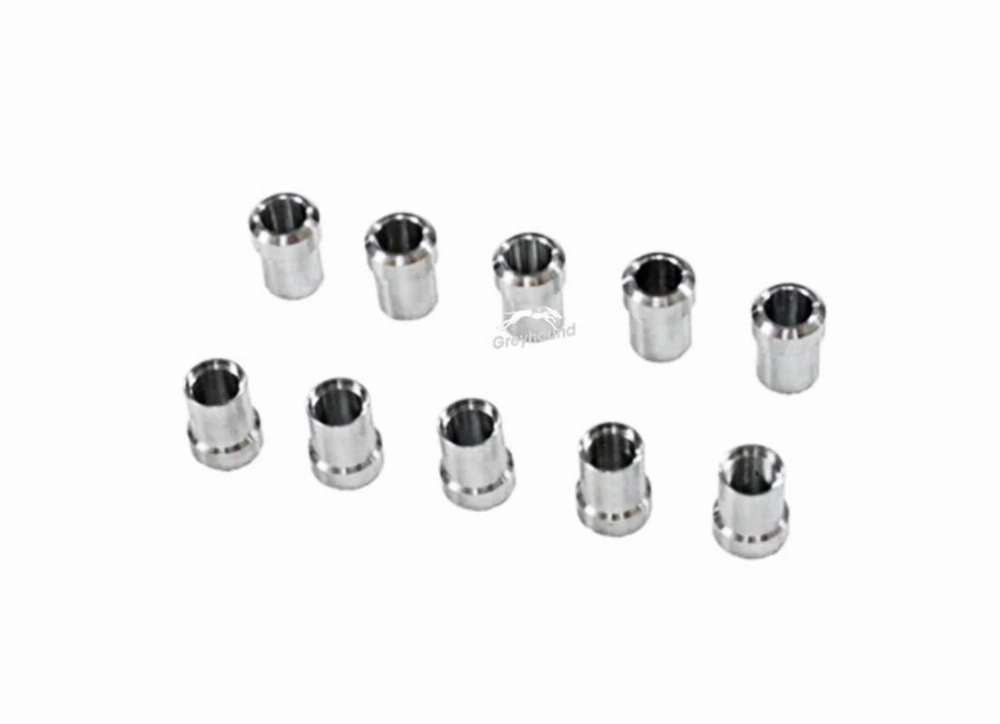Need help? Write to us info@hqlifting.com
- Charging Accessories
- Lifting accessories
- Steel Cable
- Beam cart
- Turnstile for load securing
- Load Ratchet Strap
- Lifting current
- Chain for Load Lifting
- Lifting equipment
- Slings
- Steel Cable Tensioner
- Polyester slingshot
- Load binders
- STEEL HOOK
- Steel Cable Clamp
- Electric winch
- Permanent magnets
- Steel Cable Clamp
- moitão
- Carabiners
- Screw With Eyelet
- Lifting Clamp
- Talha Manual
- Uncategorized
Call our consultants or chat online
+86 151 4514 5178
Fixing Hooks Guide: Master the Basics for
Lifting hooks play a crucial role in lifting, pulling, and other heavy-duty applications, being essential accessories. They are designed to provide quick and easy connections for various lifting scenarios and are available in a variety of designs, strengths, and capacities. Lifting hooks come in several styles and load limits, including eye hooks, open hooks, claw hooks, D-shackle hooks, sling hooks, and self-locking hooks. The main methods of connecting a lifting hook or sling hook to a sling include eye hooks, D-shackle hooks, and swivel hooks. These hooks also vary in opening design, strength, and load capacity.
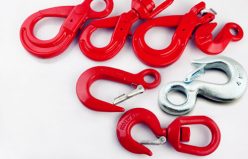
Types of Lifting Hooks
Eye Hook: These permanent connections to the tongue offer flexibility in positioning the hooks and securing the loads.
- Eye Hook for Sling
- Eye Hook with Claw
- Sliding Eyelet Hook


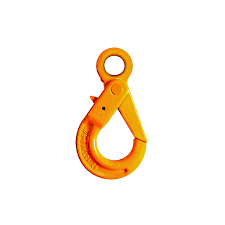
D-shaped shackle hook: With a U-shaped pin or shackle screw, D-shackle hooks can be securely attached to shackles, chains, or other lifting accessories.
- D-Shackle Hook with Claw
- Sliding D Shackle Hook
Swivel Hook: There are two types; swivel hooks for positioning are used to align the lifting point during rotation, preventing the load from rotating. Swivel hooks with bearings allow the hook to rotate under load, preventing twists in the lifting slings.
- Swivel Hook
Claw Hook: With a shallower throat opening, the claw hooks ensure that the chain does not slip, commonly used to secure loads, shorten chains, or as the end connection in transport chains.
- American Standard Eye Hook Claw G80
- Eyelet Claw Hook with Cradle
- D-Shackle Hook with Claw
- D-Shackle Hook with Claw for Shortening

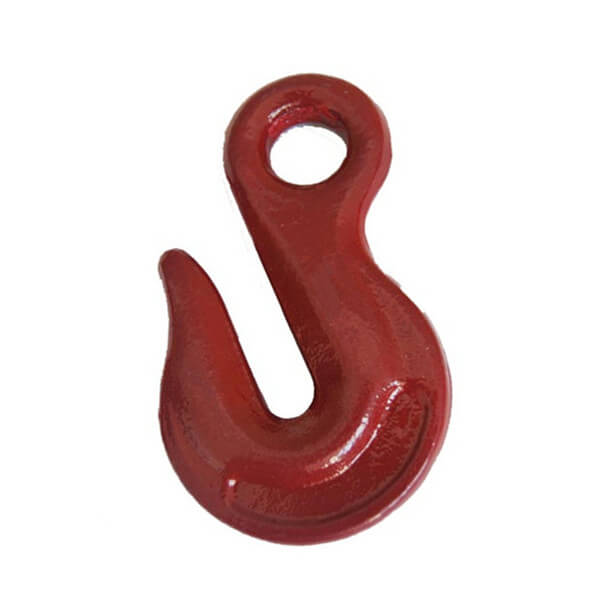
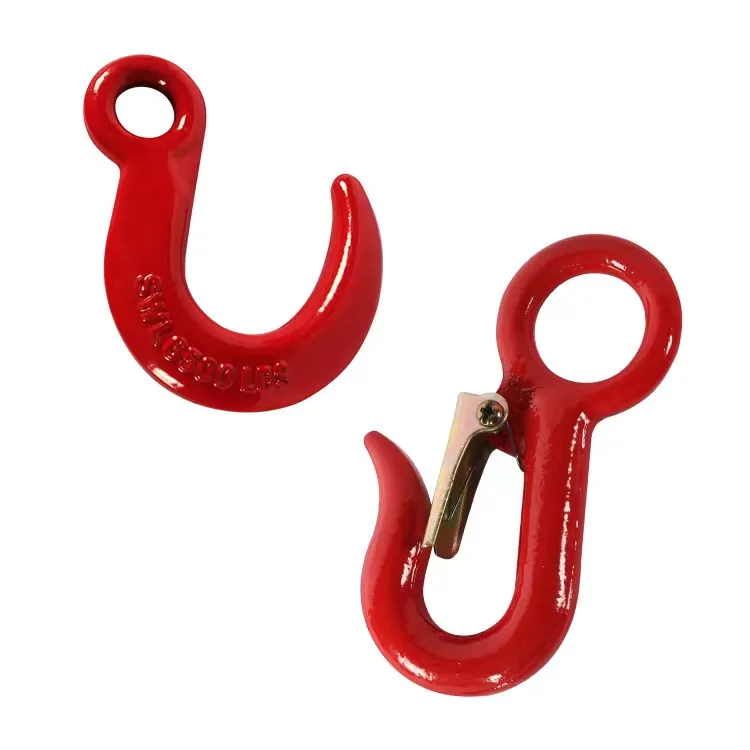
Long Mouth Hook: Known for their wider throats, wide-mouth hooks, sometimes called linga hooks, usually have a latch to securely hold objects.
Hook for Sling: The sling hooks are specifically designed to connect the ends of steel cables or chain slings, equipped with a safety latch, allowing safe lifting directly by cranes, without the need for additional shackles.
For those who want to know more about lifting accessories, the Complete Guide to the Steel Cable Shoe Explained offers additional insights.
Self-locking Hook: These hooks prevent accidental release under heavy load conditions.
- Self-locking Swivel Hook
- Self-locking Eyelet Hook
- Manilha Hook with Self-Locking D
4 Key Elements to Select a Lifting Hook:
Class: Ranging from Class 30, Class 43, and Class 70 to Class 80 and Class 100, with higher tensile strength. Class 80 and Class 100 are suitable for overhead lifting, with Class 100 offering a working load limit approximately 25% higher compared to Class 80. It is recommended to use only Classes 30, 43, and 70 for load securing.
Material: The most common materials are carbon steel, alloy steel, and stainless steel. Carbon steel hooks are ideal for applications that do not involve suspension, such as traction. Alloy steel hooks are suitable for suspended lifting. Stainless steel hooks resist corrosion from saltwater, chemicals, and acids, making them ideal for maritime use.
Workload Limit (WLL), also known as Safe Work Load (SWL/WLL): This indicates the maximum load that should be applied. Never exceed the WLL to avoid overloading the chains and accessories. Proper sizing is essential and is usually indicated on the hook or the chain.
Minimum Breaking Load: This is the minimum force required to break the hook, and divided by a safety factor (SF = MBL / MWT) it is the basis for calculating the maximum working load. The safety factor for carbon steel hooks is 5:1, while for alloy steel it is 4:1.
3 Essential Symbols You Must Know on Lifting Fastening Components
Understanding these symbols is essential for anyone involved in lifting operations. If you are unsure which hook is best suited for your needs, we are available to answer any questions about our range of HQLifting brand hooks. Contact us!
Share:

June Han /founder and designer
The co-founder of Hqlifting, sales director, amateur writer about fitness business

